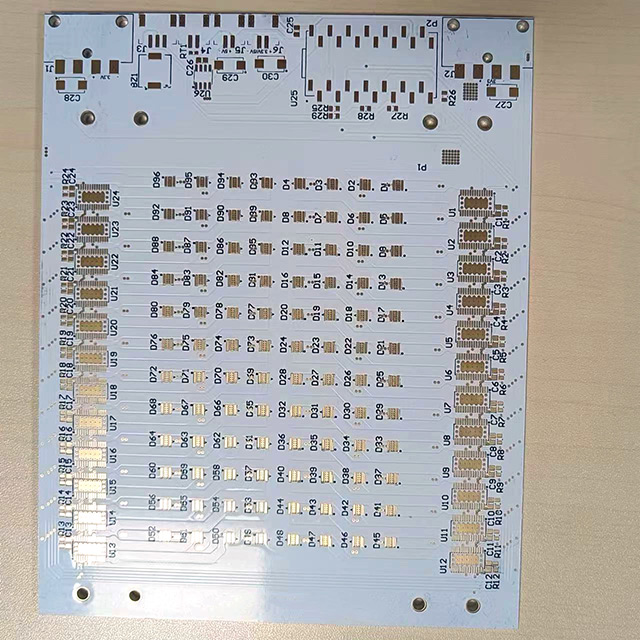Neptune
DIY
For various reasons out of my control, we have wound up in a situation where we have 1.5mm SWA cables buried in these pillars and exiting out of the plastic housing for the wall lights.

There are around 5 of these lights across the 5 pillars. Daisy chained with the 3 core SWA. As you can see, the wall ha snow bene plastered and finished. The house-end of this cable will be glanded into a Wiska box and punched into the house to connect to a Switched FCU.
The plastic housing set in the pillar is only deep enough to take the light!

The back of the plastic box has some screw holes for the light to fix to.
I am at a loss as to how I get these cables connected to the lights given the lack of space and hence, inability to gland these ends. If this were regular T&E it wouldn't have been an issue - from a space and connectivity point at least!
Can I please have some creative suggestions on how I get myself out of a hole. Thanks in advance.
There are around 5 of these lights across the 5 pillars. Daisy chained with the 3 core SWA. As you can see, the wall ha snow bene plastered and finished. The house-end of this cable will be glanded into a Wiska box and punched into the house to connect to a Switched FCU.
The plastic housing set in the pillar is only deep enough to take the light!

The back of the plastic box has some screw holes for the light to fix to.
I am at a loss as to how I get these cables connected to the lights given the lack of space and hence, inability to gland these ends. If this were regular T&E it wouldn't have been an issue - from a space and connectivity point at least!
Can I please have some creative suggestions on how I get myself out of a hole. Thanks in advance.














